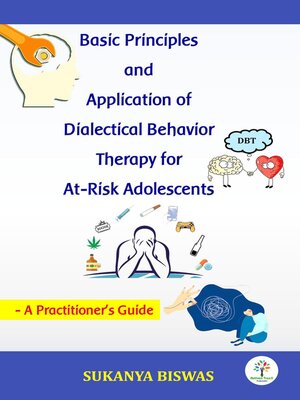Basic Principles and Application of Dialectical Behavior Therapy for At-Risk Adolescents
ebook ∣ Academic
By Sukanya Biswas

Sign up to save your library
With an OverDrive account, you can save your favorite libraries for at-a-glance information about availability. Find out more about OverDrive accounts.
Find this title in Libby, the library reading app by OverDrive.



Search for a digital library with this title
Title found at these libraries:
| Library Name | Distance |
|---|---|
| Loading... |
Everything You Need to Know about DBT Tools for Treating At Risk Adolescents in a Practical, Accessible format
Dialectic behaviour therapy (DBT) is a powerful, evidence-based techniques for mental health conditions. If you work with adolescents who exhibit at-risk behavior, such as extreme moodiness, aggression, eating disorders, substance abuse, or even self-harm, then you know how important it is to take immediate action. However, treating troubled adolescents can be challenging.
This book provides an over-view of DBT applications that can be used to treat an array of issues that at-risk adolescents face. The skills adolescents learn now can have a life-long impact. By showing them how to manage their emotions and deal with the stresses that are common in day-to-day life, you can help give these adolescents the tools they need to succeed and thrive. Also included are handouts, case examples and sample of therapist-client dialogue that can be used in individual therapy sessions, skills training groups, school settings, and when working with parents and caregivers. This book focuses on strategies that you can use in individual client sessions, while outlining the four core skills that form the backbone of DBT: distress tolerance, mindfulness, emotion regulation and interpersonal effectiveness.







